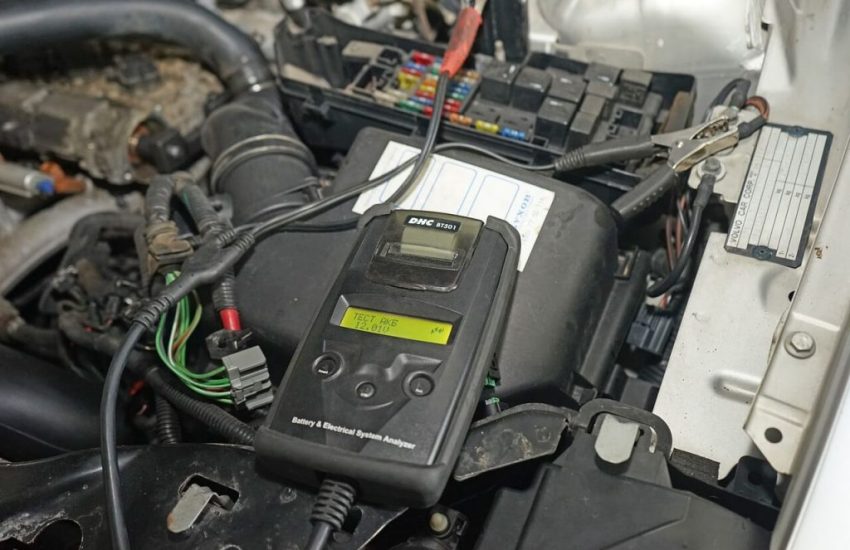How a Bad MAP Sensor Mimics Major Engine Problems
The Manifold Absolute Pressure (MAP) sensor is a small yet vital component of your vehicle’s engine management system. It measures the pressure within the intake manifold and sends this information to the engine control unit (ECU). The ECU uses these readings to calculate air density and adjust fuel injection and ignition timing accordingly. Essentially, the MAP sensor ensures the engine receives the correct air-fuel mixture for optimal combustion and performance. Without accurate input, the entire system can go awry.
When a Bad MAP Sensor Causes Chaos
A failing MAP sensor can easily mimic more serious engine issues. Since the ECU depends on precise data from this sensor to regulate performance, any incorrect signal can throw off the balance. A bad MAP sensor may cause the engine to run rich (too much fuel) or lean (too little fuel), resulting in rough idling, hesitation, or stalling. These symptoms are often mistaken for failing spark plugs, clogged fuel injectors, or even internal engine damage. In reality, a faulty sensor may be the root cause. This is where choosing the Auto Repair in Brick, NJ based service shows great solutions.
Misleading Warning Signs and Poor Performance
Drivers may notice symptoms such as a loss of power, poor throttle response, or black exhaust smoke—all of which suggest serious engine trouble. In some cases, the check engine light will illuminate, and diagnostic trouble codes may point to a range of unrelated issues. Because the MAP sensor directly influences fuel delivery and timing, its failure affects multiple systems, making it easy to misdiagnose. This can lead to unnecessary part replacements and mounting repair bills unless the sensor is tested directly.
Diagnosing a Faulty MAP Sensor
Professional mechanics use scan tools to check live MAP sensor data and compare it to standard engine vacuum readings. If the values are erratic or do not change with throttle input, the sensor may be bad. Some sensors fail gradually, making the symptoms intermittent and harder to catch. Others might experience wiring or connector issues that produce similar effects. Fortunately, MAP sensors are generally inexpensive and easy to replace, especially when caught early before they trigger wider performance issues.
Why Sensor Maintenance Matters
The Manifold Absolute Pressure (MAP) sensor, though compact in size, is a pivotal component in modern engine management systems. Its primary function is to measure the pressure within the intake manifold, providing crucial data to the engine control unit (ECU). This information enables the ECU to precisely calculate the amount of fuel and air needed for optimal combustion, leading to improved fuel efficiency and smooth engine performance. Neglecting the MAP sensor can result in a range of issues, from poor acceleration and rough idling to decreased fuel economy and even complete engine stalling.
Therefore, proactive maintenance is essential. Regularly inspect the sensor for dirt, debris, and damage. Cleaning it with a specialized sensor cleaner and ensuring secure electrical connections can prevent many common problems. This is especially important for high-mileage or turbocharged vehicles, where the MAP sensor is subjected to more demanding conditions.


